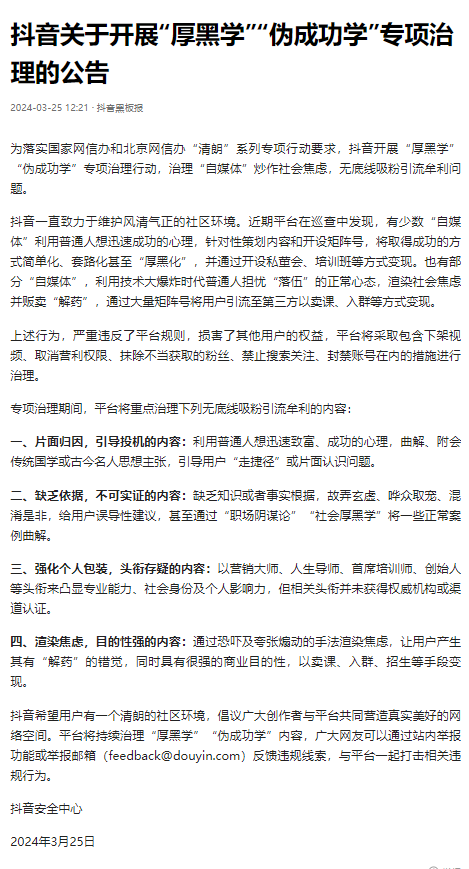The second global case of a pig heart transplant patient who has not experienced rejection at the full month of surgery is recovering mobility
The second genetically modified pig heart transplant patient in the world, carried out by the UMMC team at the University of Maryland School of Medicine in the United States, showed no signs of rejection in the body after one month of surgery.Last month, UMMC performed a pig heart transplant for Lawrence Faucete, a 58 year old patient with end-stage heart failure
The second genetically modified pig heart transplant patient in the world, carried out by the UMMC team at the University of Maryland School of Medicine in the United States, showed no signs of rejection in the body after one month of surgery.
Last month, UMMC performed a pig heart transplant for Lawrence Faucete, a 58 year old patient with end-stage heart failure. The doctor stated that Fossett's heart is now able to function on its own and does not require the initial heart support medication. The heart can function on its own.
Bartley Griffith, director of the UMMC heart and lung transplant program responsible for Fossett surgery, said, "We currently have no signs of infection or rejection. The heart scan results show that this heart appears completely normal
The latest news shared over the weekend by Muhammad Mohiuddin, director of the UMMC Heart Xenotransplantation Program, stated that the current focus is to ensure Fossett's ability to resume daily activities. We are working together with the physical therapy team, who have spent a lot of time helping him recover the mobility lost during the month after hospitalization
In the video released by UMMC, Fossett is undergoing physical therapy, including cycling training while sitting in a chair to improve leg strength. Although Fossett is still unable to stand on his own, he has been able to get up with some minimal help.
The reason why the team gave Fossett a pig heart transplant was because his heart and other underlying diseases prevented him from undergoing traditional human heart transplant surgery.
Fossett first moved into UMMC on September 14th after being diagnosed with heart failure. During his stay in the hospital, his heart stopped beating twice and needed to use an automatic defibrillator to recover its beat.
The hospital stated that Fossett fully agrees to the experimental treatment and is informed of all risks. In addition, he also underwent a comprehensive mental assessment, and the hospital discussed his case with medical ethicists.
Although xenotransplantation has not yet been approved for human use globally, experimental xenotransplantation surgery has been approved under the "Compassionate Use" program of the US Food and Drug Administration (FDA).
The US FDA stated that in the absence of comparable or satisfactory alternative therapies to choose from, the plan aims to provide potential avenues for patients with severe or immediately life-threatening diseases to obtain investigational medical products (drugs, biologics, or medical devices) for treatment outside of clinical trials.
The doctor also conducted experimental antibody therapy on Fossett to further suppress the immune system and prevent rejection reactions. At present, the team is continuing to monitor whether he will experience rejection reactions or be infected with pig related viruses.
In January 2022, the UMMC Heart Xenotransplantation Research Center conducted the first human experimental pig heart transplant surgery on a 57 year old American patient named David Bennett. Bennett passed away two months after the surgery.
Although there were no signs of rejection in the first few weeks after transplantation, the autopsy concluded that Bennett ultimately died of heart failure due to a "series of complex factors", including Bennett's condition before surgery. Bennett was hospitalized before the transplant and spent six weeks with ECMO support. However, the doctor's case study published in The Lancet suggests evidence that Bennett was infected with a previously undetected pig virus.
Disclaimer: The content of this article is sourced from the internet. The copyright of the text, images, and other materials belongs to the original author. The platform reprints the materials for the purpose of conveying more information. The content of the article is for reference and learning only, and should not be used for commercial purposes. If it infringes on your legitimate rights and interests, please contact us promptly and we will handle it as soon as possible! We respect copyright and are committed to protecting it. Thank you for sharing.(Email:[email protected])














